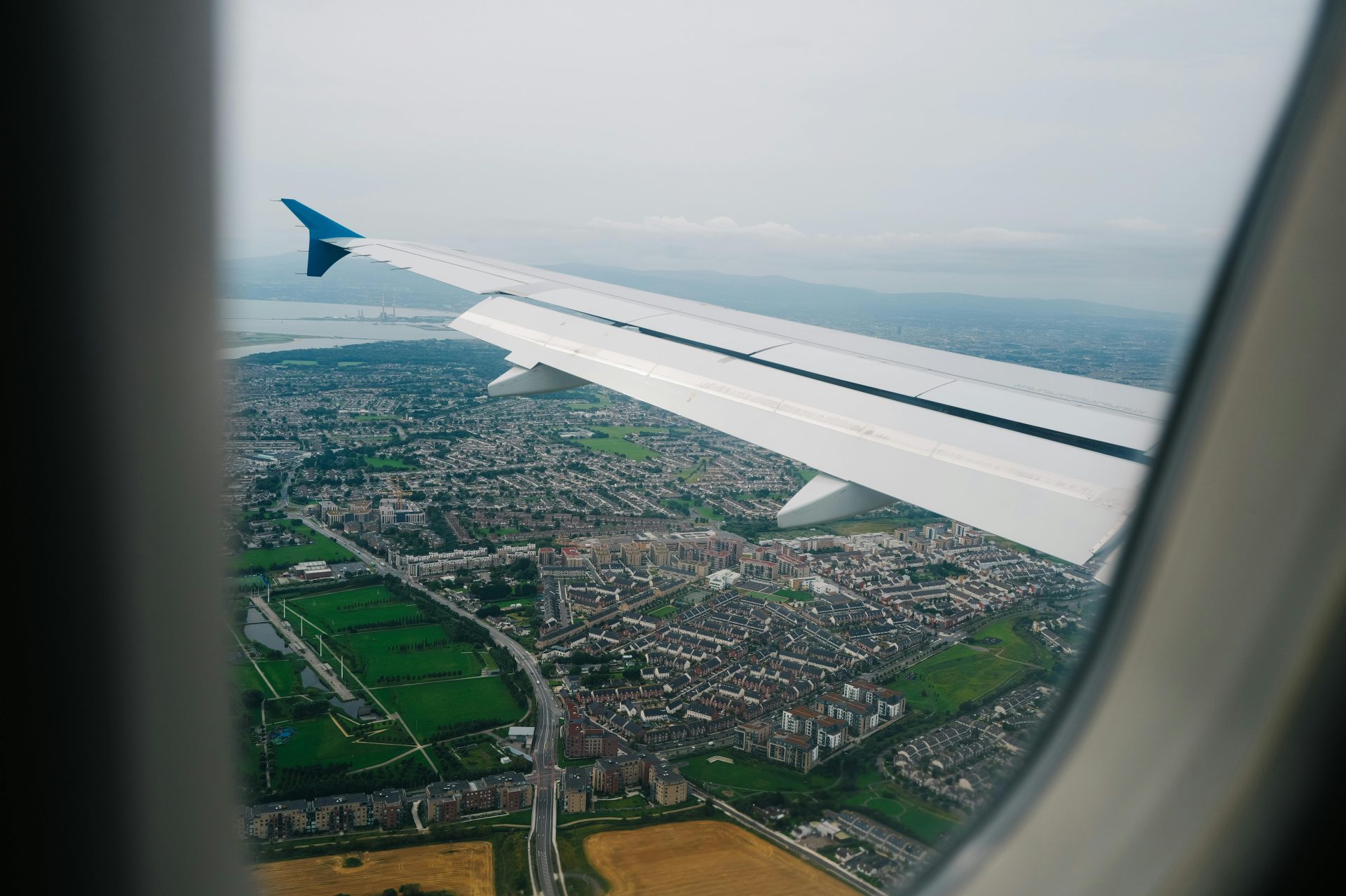Air travel has become a linchpin of modern tourism—but it also contributes a disproportionately large share of a traveler’s carbon footprint. In many sustainable tourism models, emissions from flights are often overlooked, even though they remain among the single largest contributors to climate impact. This article explores how to ethically and effectively integrate flight emissions into sustainable tourism and move beyond traditional offsetting into nature-positive strategies.
A single round-trip intercontinental flight can emit 2-4 tonnes of CO₂ per passenger—equivalent to an entire year’s emissions from household energy in some regions. In the global tourism context, aviation accounts for roughly 5% of global CO₂ emissions, and its impact is magnified by high-altitude effects like contrails. (ourworldindata.org/aviation-emissions)
Yet, many sustainability-focused travel businesses omit this footprint from their impact assessments or carbon disclosures. If we aim to be genuinely sustainable, we must integrate flight emissions into our ethical and operational models.
Choosing Better: Airlines with Biofuel Components
Solution #1: Opt for airlines that blend biofuels into their jet fuel mix. Sustainable aviation fuels (SAFs) reduce lifecycle emissions significantly—often by up to 70% compared to conventional kerosene, depending on the feedstock used. (ieta.org)
However, SAF remains limited in availability. In 2023, SAF made up only about 1% of global jet fuel consumption. (icao.int) Still, every step helps—especially when tourism operators or travelers actively choose airlines investing in SAF.
Action point: When booking or recommending travel, ask:
- Does the airline blend SAF into its fuel?
- What percentage of their fuel mix does SAF represent?
- Is there transparency about actual emissions reductions delivered?
Offsetting Programs, more a foe than a friend?
Offsets are widely used—but their effectiveness hinges on how projects are sourced, verified, and aligned with travel routes.
Solution #2: Dig deeper on airline offsets:
- Does the airline buy carbon credits from projects aligned along the flight route or regionally?
- Are these investments in nature-based solutions (e.g., reforestation), or in renewable energy infrastructure, or both?
- What verification standards are used—such as Gold Standard, VCS, or Plan Vivo?
- What’s the monitoring/tracing method to ensure pledged reductions are real and maintained?
For example, some airlines invest in forest conservation or reforestation projects in regions where their routes operate, allowing for local socio-economic co-benefits—not just abstract offsetting.
Nature-Positive Tourism: Beyond Carbon Neutrality
Carbon offsets can’t be the final word. The tourism industry has the potential to go deeper—to not just ‘do no harm’, but to restore ecosystems and empower communities.
Solution #3: Expand to Nature-Positive Models
Consider strategies like:
- Supporting local watershed restoration to replenish the natural resource base upon which both ecosystems and tourism depend.
- Funding regenerative agriculture in rural destinations, tying traveler dollars to landscape recovery and local income.
- Investing in community-led conservation, such as indigenous-managed reserves or ecoagricultural zones.
- Incentivizing trail restoration, native tree planting, or wildlife habitat enhancement connected to tourism operations (e.g., guest contributions matched by tourism companies).
These leverage tourism value chains to create multi-dimensional benefits—climate, biodiversity, cultural heritage, and livelihoods.
A Call to Innovate: Share Your Ideas
I invite stakeholders—tour operators, sustainability educators, and travelers—to engage on this critical front. Here are discussion points:
- How can travel brands structure flight bookings to transparently communicate the emissions profile and associated mitigation?
- Could destinations develop tourism-linked natural asset funds, where a portion of visitor fees directly supports conservation and regeneration?
- What frameworks (like integrated reporting or ESG disclosure) could make flight impacts mandatory for sustainable operators—and audit-ready?
I’d love to hear your ideas on platforms like LinkedIn, or reach out through SUMAS if you’d like to develop frameworks or case studies collaboratively.
Key Sources
- Aviation Emissions & Climate Impact: Our World in Data. (ourworldindata.org/aviation-emissions)
- Sustainable Aviation Fuel Roadmap: IETA. (ieta.org/fly-saf)
- SAF Adoption Baseline: ICAO (1% of jet fuel in 2023). (icao.int)
- Airline Offset Program Verification: (Check airline websites and their disclosures for verification details)
- Green Employment vs. Skills Gap: WEF / LinkedIn. (weforum.org)
- Circularity and Nature-Positive Tourism: UN Tourism, IUCN programs; various NGO toolkits applicable to tourism.
By reframing flight emissions not as a taboo, but as levers for systemic renewal, the sustainable tourism industry—and its guests—can genuinely align with planetary stewardship and social equity. Let’s travel with intention, not just footprints.
If this article excited you about the idea of Nature Positive Tourism, join our Master’s in Sustainable Tourism Management Course at SUMAS. Enquire now.

